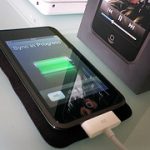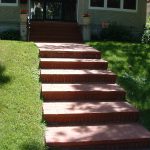DIY power tools were designed to expedite building projects. The following are some of the more commonly used tools today.
Saws
This is a cutting tool that moves a band or blade very quickly. This results in a more precise and faster cutting power. Various types of saws exist, including table saws, radial arm saws and band saws.
Sanders
Various types of power sanders exist. Among the most widely used are belt sanders, mouse sanders, drum sanders and disk sanders. While their features vary, they are all used for smoothing a surface.
Pneumatic Torque Wrench
Another popular DIY power tool is the pneumatic torque wrench. These are used for turning bolts and nuts.
Jointer
This tool is used for flattening the wood surface. This is made possible with special blades.
Joiners
This is a woodworking tool that cuts a slot in the wood. This is made possible with the use of a saw blade. A slot of similar size is cut on another wood. The two are then joined together by a wood covered glue.
Lathes
Lathes are tools that let you shape materials as they are held and spun. What makes powered lathes different is that they allow you to focus on the material, not the spindle.
Nail Guns
The nail gun propels nails onto various materials. In terms of function, the nail gun is much like the hammer. However, its automated function makes it more convenient than the hammer.
Drills
The power drill uses a motor to move the bit. This makes circular hole cutting much faster. Various types of power drills exist. They include handheld drills and cordless drills. These drills are used for driving in nails and screws.
Chainsaws
Chainsaws are used for cutting branches and trees. There are also some chainsaws that can cut through cement and stone. These chainsaws employ an engine for the blade pulling.
Power
These tools use one of the following: combustion, compressed air or electricity. Air compressors are run by combustion engines or electric motors.
The electric tools are usually powered by electrical motors. They can be powered by batteries or have to be plugged in to work. There are also tools that use combustion engines or explosive charges.
The DIY power tools can be categorized by their energy usage, but some are categorized by purpose or portability. These tools can also be categorized by portability. The tools for DIY enthusiasts are often the portable type. But there are also stationary tools that can be used for various projects.



